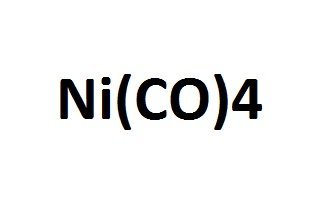Additional information
| Average particle size | ~100 nm |
|---|---|
| Purity | > 99% |
| Appearance | Dark Grayish Powder |
| Packing size | 5 gm |
| Average particle size | ~100 nm |
|---|---|
| Purity | > 99% |
| Appearance | Dark Grayish Powder |
| Packing size | 5 gm |
No application data available.

Anti-microbials, anti-biotics and anti-fungal agents
Plastics and soaps
Aerospace materials
Optical filters
Microsensors
Coatings, nanofibers, bandages, nanowires and textiles.

“Electrocatalysts and catalytic converters
Magnetic Powders
Polymer membranes
Cancer therapy
Coatings, plastics, nanofibers and textiles.”

“Dispersion-strengthening
Nanocomposites
Catalyst support
Transparent conductive coatings
Biomaterials
Heat-transfer fluids (suspensions)
Drug delivery
Sources for IC board or package
Transparent optical coatings
Wear-resistant additives
Material surface coatings”

